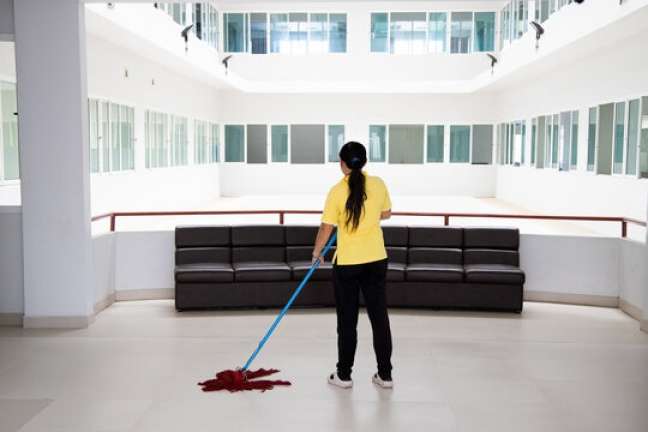Is your child having some trouble grasping certain concepts that they’re learning in school? If so, it might not have anything to do with them or their ability to learn.
Instead, your child might be struggling because they aren’t being taught these concepts in the correct way. There are many different learning styles that teachers can use to teach kids. It’s important for them to find the ones that will work best for their students.
If you want to achieve more success when it comes to teaching your child, you should research the different learning styles more. It’ll help you figure out which category your child falls into so that you can begin educating your child more effectively.
Check out some of the different learning styles that might be able to help your child with learning.
Visual Learning
There are some kids who learn better when they sit and look at things than they do when they sit and listen to someone talk about things. Of all the different learning styles, these kids tend to favor visual learning.
Visual learning often involves the usage of pictures, charts, graphs, etc. It can be used to do everything from teach math to preschoolers to teaching history to college students.
If your child seems to “get” things better in school when visual aids are used, visual learning might be their best bet. You’ll want to utilize this at home when you’re trying to teach your kids stuff.
Auditory Learning
While visual learning has turned into a favorite among kids when it comes to child education, auditory learning is also popular in its own right. It involves the use of things like lectures, read-alongs, and even music to teach lessons to kids.
The one downside of auditory learning is that too much background noise can prevent auditory learners from being able to focus. But as long as it doesn’t get too noisy in the classroom, auditory learning can be effective for many students.
Verbal Learning
This is probably the most basic type of learning of all the different learning styles listed here. Verbal learning is done when kids discuss lessons that they’re learning in school and take notes while they’re doing it.
Kids who enjoy reading and writing are usually some of the best verbal learners around. They like to keep things simple in the classroom and don’t need visual aids, songs, etc. to inspire them to learn.
Verbal learning isn’t used all that much in early childhood education. But as time goes on, many kids are asked to engage in verbal learning at least every now and then. Your child might flourish in class if they enjoy verbal learning and what it can offer to them.
Kinesthetic Learning
Does the thought of sitting in a classroom taking notes for hours on end make your child cringe? If they need to be more active to learn, they might be able to benefit from kinesthetic learning.
Kinesthetic learning gets kids up and moving around while they’re in the classroom. They’ll usually be able to get their hands on different items in an attempt to learn all about them.
If you have a high-energy child who is always fidgeting when they’re sitting down in the classroom, they might get great results from doing more kinesthetic learning. It’s a fantastic option for kids like this who enjoy being able to play with things as they learn.
Logical Learning
The most methodical method of learning is called logical learning. Not surprisingly, those who excel at math are usually logical learners.
Logical learning is a type of learning that leans heavily on logical thinking. There is always a rhyme and reason for everything as far as logical learning is concerned.
Logical learners aren’t always great when it comes to showing off their creativity in the classroom. They also sometimes struggle when they’re trying to wrap their heads around bigger-picture ideas.
But if you know your child is a logical learner, they should be able to carve out their niche in the classroom. They’ll be part of the group of students that is always trying to figure out complex puzzles through logical reasoning.
Social Learning
There are some students who learn better when they’re completing projects on their own. These students benefit from what is called solitary learning.
Solitary learning is, as you might guess, the opposite of social learning. Social learning involves students coming together to work on a project and learning lessons together at the same time.
Those students who love social learning might not always have a ton of confidence when they’re forced to work independently. But when they get thrown into a group with others, that’s when they’ll truly shine.
You might want to pair your child up with others kids to see how socializing can help them to learn valuable lessons at school.
These Are Just Some of the Different Learning Styles
Believe it or not, these are only some of the different learning styles that your child might be using at school. There are also other learning styles utilized by children.
You should make it your mission to nail down which of these different learning styles your child likes the most. By doing this, you should be able to put your child into a much better position to learn in the classroom.
Want to read some more informative articles on child education and education as a whole? Search for them by poking around on the rest of our blog.
















